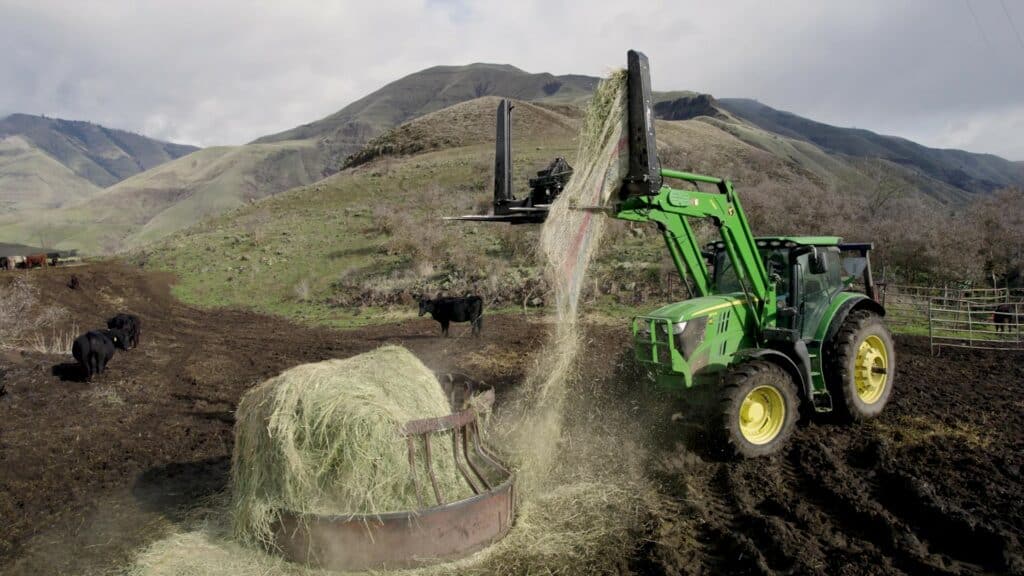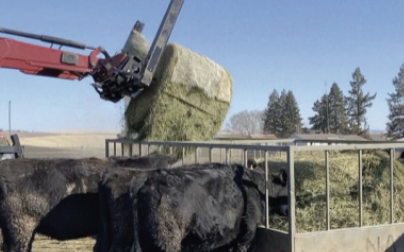The Wrap Twine Remover: A Commitment to Safety

We care about your safety!
The Wrap Twine Remover (WTR) has taken the ranching industry by storm since its test-launch in 2021. It endured rigorous testing for two years before finally being released for customer purchase in 2023. A primary focus of the WTR is not only convenience, but safety.
The Skid Steer Attachment
Many wise ranchers have enhanced their tractors with the addition of a WTR, but how about sprucing up your skid steer?
One of the most frequently asked questions about the WTR is:
“Will it work on my skid steer?”
In short, the answer is a resounding YES! The Hillco Technologies WTR can be fitted with skid steer mounting brackets. Be sure to consult your manufacturer’s load weight rating as the WRT410 has a weight of 1,000lbs and the WTR510 will have a weight of 1,200lbs.
A Rancher Knows...
Every rancher is painstakingly familiar with the hazards of crawling out of your machine in slippery, muddy, muck or icy conditions that add to a fall. Some models of skid steers do not permit the doors to open when the arms of the machine are lifted. Part, if not all of it, is a safety measure.
Safety is the name of the game.
Getting out of a skid steer with a bale, and/or arms, in the air poses a serious hazard. The fact of the matter is that the arms could fall, or the skid may tip under the weight of the load.
Result? Serious injury or death.
The same can be said for loader tractors. You may not be as limited as a skid steer in terms of getting out of the cab or off the operators’ platform to manually cut the netwrap. However, getting caught under a bale or loader that fails still means serious injury or death. Then, in addition to the environmental risks listed before that add to slipping on the ground, there is the potential of:
- Equipment rolling away if the parking brake is not set properly.
- Getting knocked over or trampled by the very cattle you are trying to feed.
- Hovering over a bale processor of pulverizing gears.
Aside from these direct hazards, there’s the waste. If you cut bales when on the ground, there’s then wasted hay that must be dealt with.

At Hillco Technologies, we care about our customers. Utilizing a WTR in your operation provides a solution to help mitigate the risks of operation discussed.
Thought Experiment...
Next time you are fending off a horde of ravenous 1,500-pound cattle, feeding by yourself with frozen hands, slipping on ice and muck, take a moment to think about the difference it would make if you never had to leave the operator’s seat.

